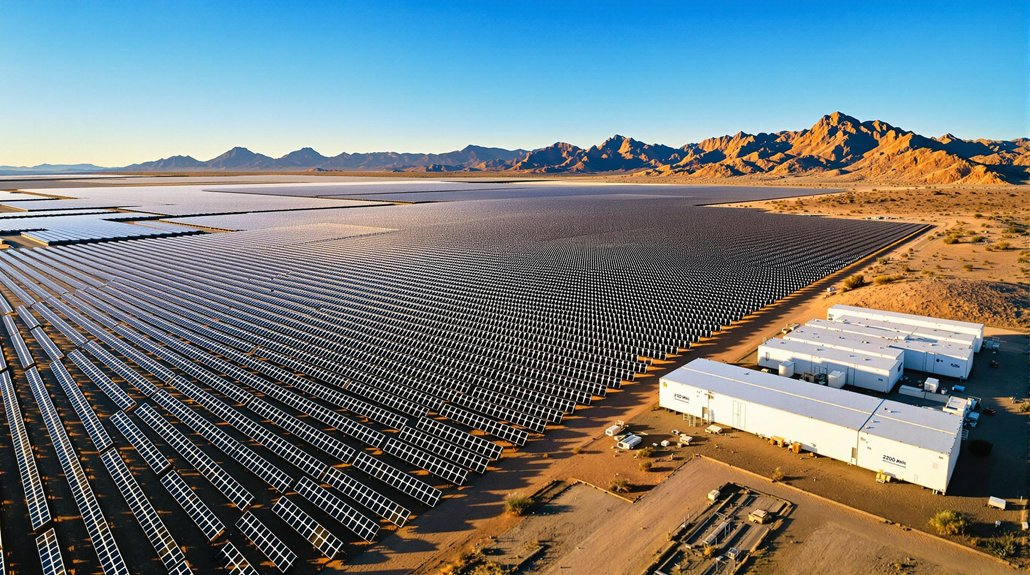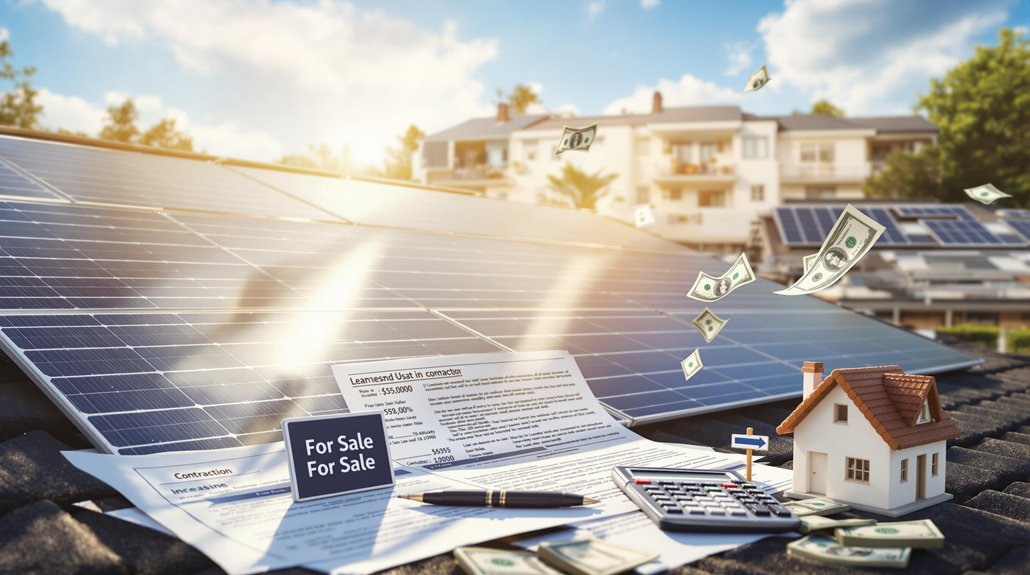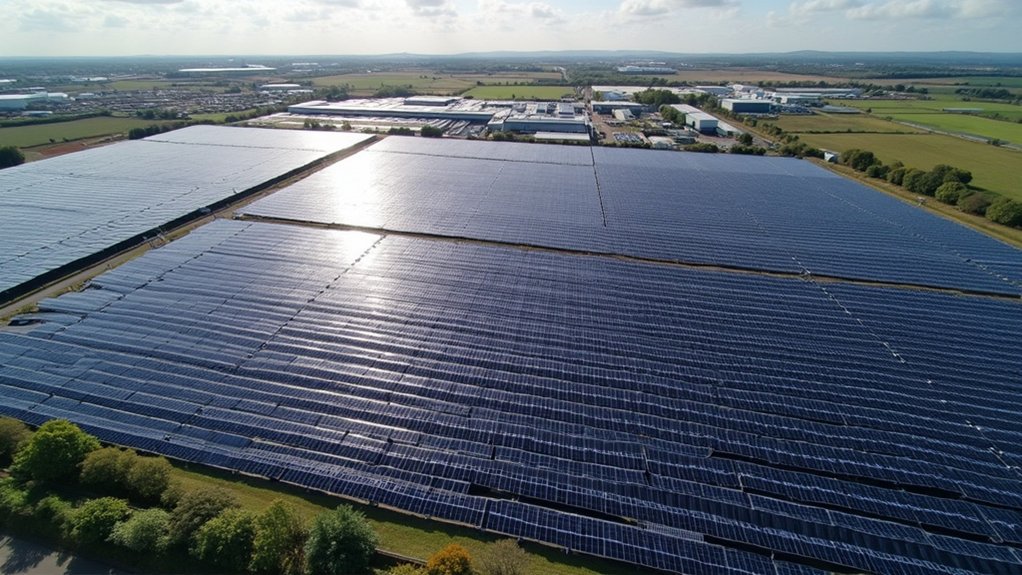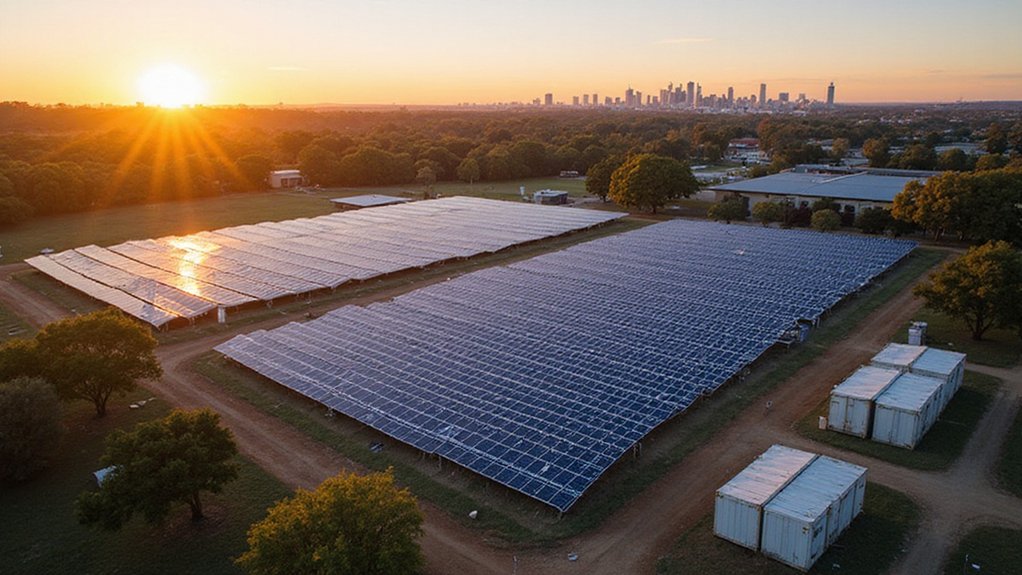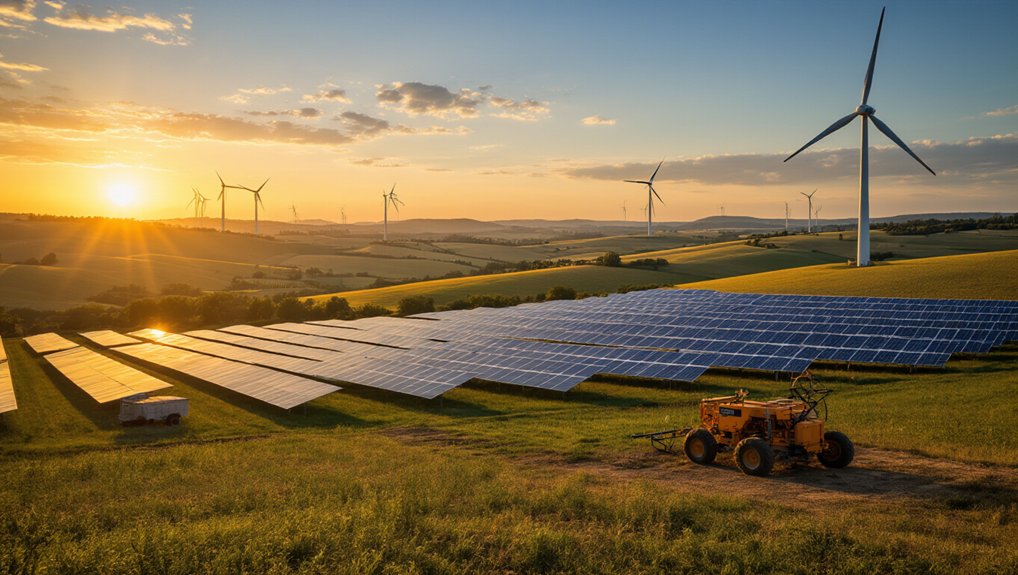Arizona is making a big move in renewable energy. The state has invested $1.71 billion in a 2,200 MWh solar storage system. This new technology will help store solar power for use when the sun isn’t shining. It’s one of the largest battery systems in the country. The project promises to create jobs and make Arizona’s power grid more reliable. What does this investment mean for electricity prices and the state’s future energy independence?
While many states are talking about clean energy, Arizona is leading the transformation with impressive results. Since the 2022 Inflation Reduction Act, Arizona has attracted over $11.8 billion in clean energy investments, positioning the state as a renewable energy powerhouse in the Southwest.
The solar industry now contributes $7.3 billion annually to Arizona’s economy, with $2.2 billion going directly to worker wages. This growth isn’t just good for the environment—it’s creating jobs and boosting local economies. Over 250 construction jobs were created during the development of the Yuma Solar Energy Center alone.
The Yuma facility represents just one part of Arizona’s expanding renewable infrastructure. With 70 megawatts of power, it provides clean electricity to more than 21,000 homes. The facility employs a dual-capacity system for both solar power generation and storage, enhancing overall reliability and efficiency. What makes Arizona’s approach unique is the integration of battery storage systems with solar generation, ensuring power is available even when the sun isn’t shining.
Arizona’s largest battery energy storage system supports round-the-clock reliability for industrial facilities and helps manage peak energy demand during scorching summer months. This reliability is essential for the semiconductor manufacturers and tech companies relocating to Arizona, as they require sustainable energy for their operations. Arizona’s strategic advantage is bolstered by having the second-highest potential for solar power generation in the entire United States. This renewable surge mirrors the national trend where renewable energy sources surpassed coal in electricity generation for the first time in 2022.
The state’s policy framework has been instrumental in this growth. Arizona’s Renewable Energy Standard and Tariff requires 15% renewable energy usage by 2025, which has delivered over $1.5 billion in benefits to Arizona Public Service customers. Combined with federal incentives, these policies have created a favorable environment for private sector investments.
Local governments benefit too, with the solar industry generating $21 million annually for counties and contributing $83 million in state tax revenue each year. APS and Tucson Electric Power customers have seen nearly $2 billion in combined benefits from renewables.
Arizona’s success demonstrates how technological innovation, supportive policies, and strategic investments can transform a state’s energy landscape while delivering economic benefits and environmental improvements.
